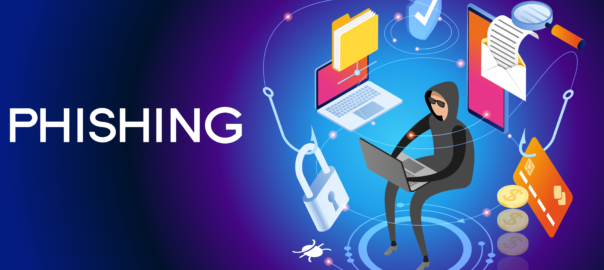A remote workforce has become the norm since the pandemic. Even now that we consider it safe to return to office work, many businesses have maintained the remote work setup because of the advantages. However, the risks of working from home also bring issues that need attention so as not to risk the company’s network and data.
What Are the Cybersecurity Risks That Come with Working from Home?
There are risks when working from home. Workers lack the usual protective measures used in an office network. Many workers use their home networks and may also use the same device for both work and personal things. Because of this, there are a lot of security issues that can arise and possibly cause damage to the company.
The Risks of Vulnerable Personal Networks When Working From Home
You can keep your home network protected by regularly updating your antivirus software. However, most people do not realize there is also a need to update their router software. Without doing this, you will make your home network, and sadly your work data, open to the prying eyes of online criminals. Which can risk your company data when working from home.
Greater Reliance on Technology
Now more than ever, we rely heavily on online tools for doing all kinds of business. Besides the basic emailing and sending of files, Almost everything else gets done using digital technology, from video calling to banking to fulfilling orders. This widespread use of online tools gives higher risk when working from home. As a result, hackers have more opportunities to hack company records.
Lack of Cybersecurity Awareness
In the office setting, IT people take care of any cyber security issues. Thus, employees do not take such matters too seriously as it is not their primary work, although they are still liable. You must train them in cybersecurity and be sure they are aware of potential issues when working at home. But, this is not the case since most employees still lack adequate skills and knowledge to avoid these cybersecurity threats.
Fatigue and Lack of Focus
Human error is still the most common cause of data breaches, and this is especially true in a remote work setting. Studies have shown that almost 40% of work-from-home employees feel really tired in the remote work setup. In addition, they also need to juggle home chores, which reduces their focus on applying cybersecurity protocols and makes them lax in their judgment. All these things combined can greatly increase the chance of remote employees exposing the company’s confidential files to hackers by accident.
Risks of Weak Passwords When Working From Home
In trying to bypass company networks through remote workers, hackers will try to crack the user’s passwords. It is the easiest method, and it just so happens that many people still use weak passwords, even for sensitive accounts.
The Risks of Using Personal Devices When Working From Home
In the typical office environment, employees will use computers sent by the company with current malware protection. When working at home, however, people use their laptops or smartphones. These are likely to have less than adequate IT security measures installed, like data encryption.
Making Remote Work Safer From Cybersecurity Risks
There are many benefits to working from home. If you feel this is the best strategy for your company, go for it. However, make sure that all remote processes are completely secure. This step is where we can help!
Since we are focusing on cybersecurity this quarter, we have developed a little Quiz for you and your employees to take. Not only is the Quiz fun, but it counts toward your Employee Cybersecurity Training! Access the Quiz Here!
Our cybersecurity experts can equip your company and your remote workers with the skills and technology to stay protected from malware attacks and other online threats. Contact us to learn more about our comprehensive and fully customizable cybersecurity services today!



